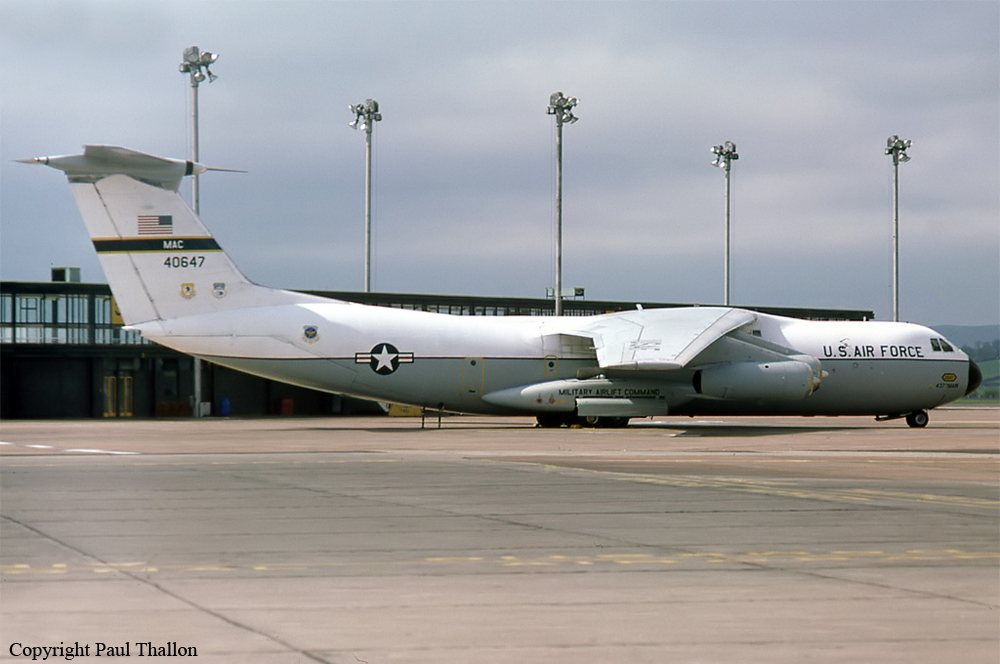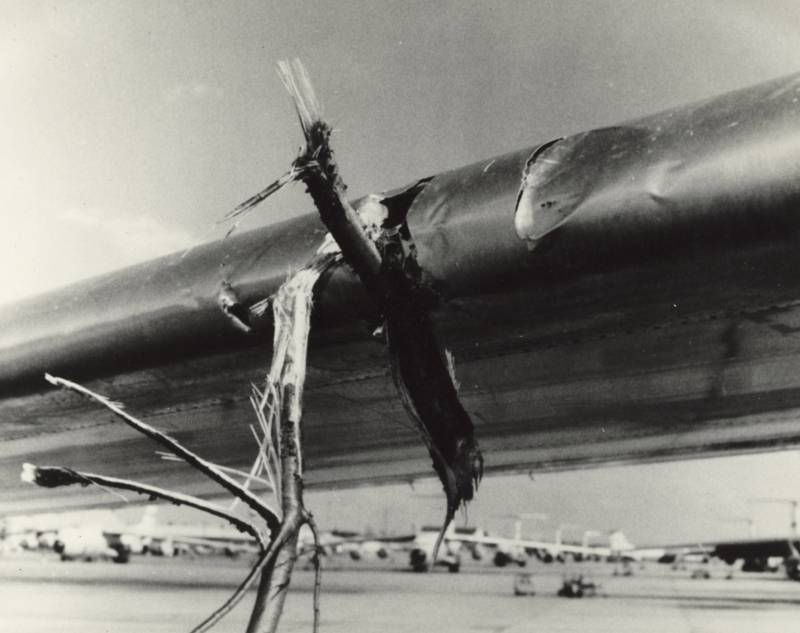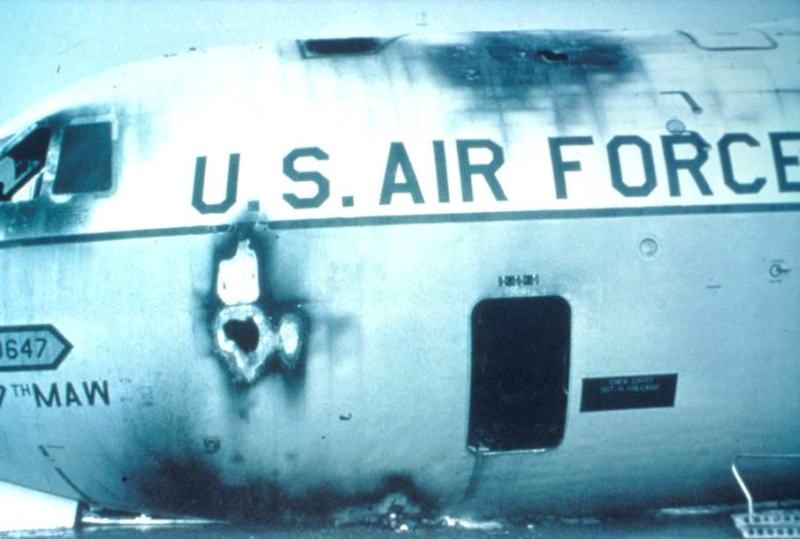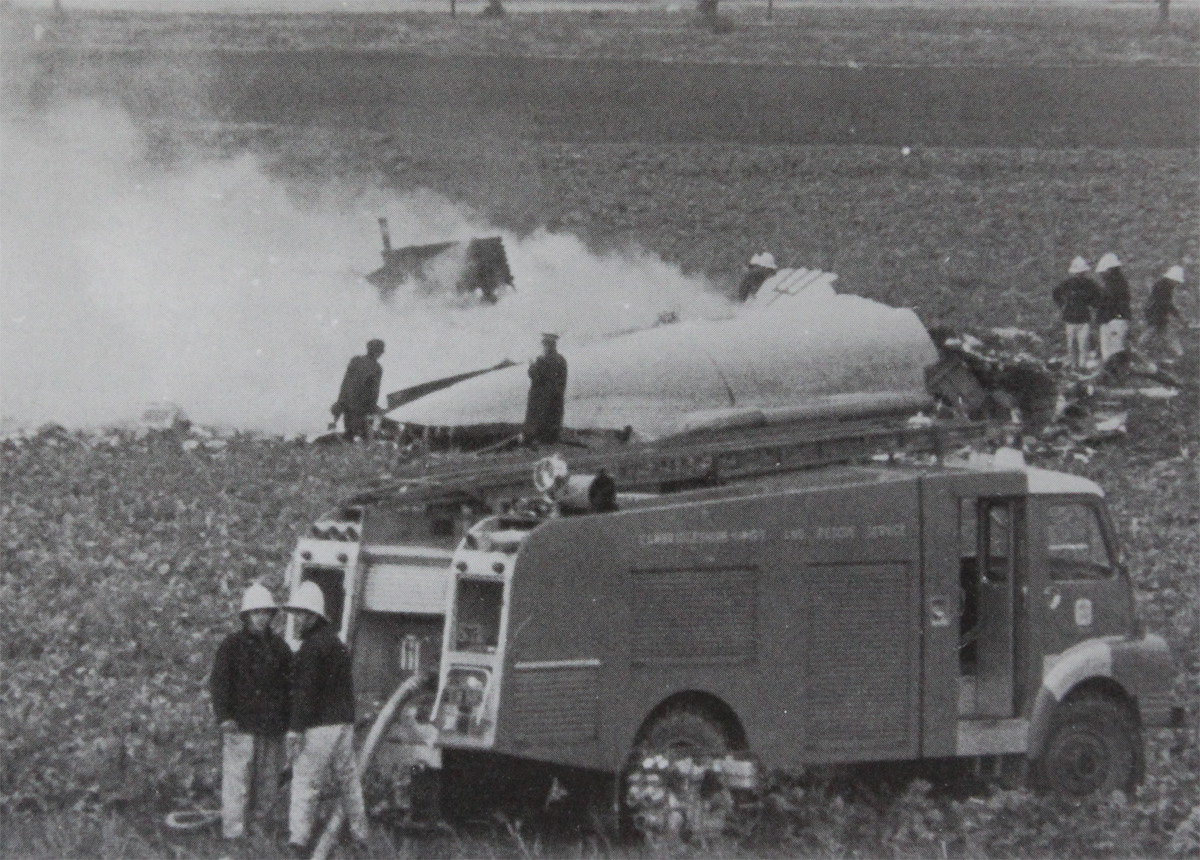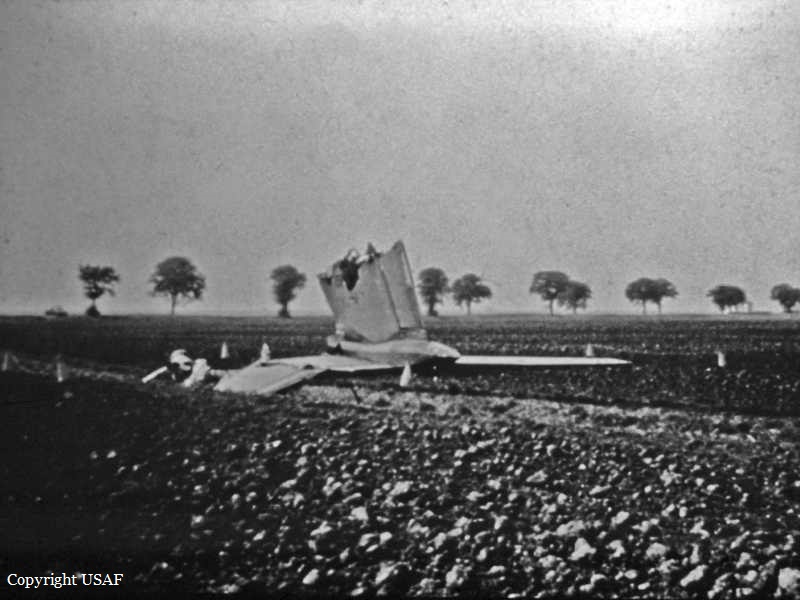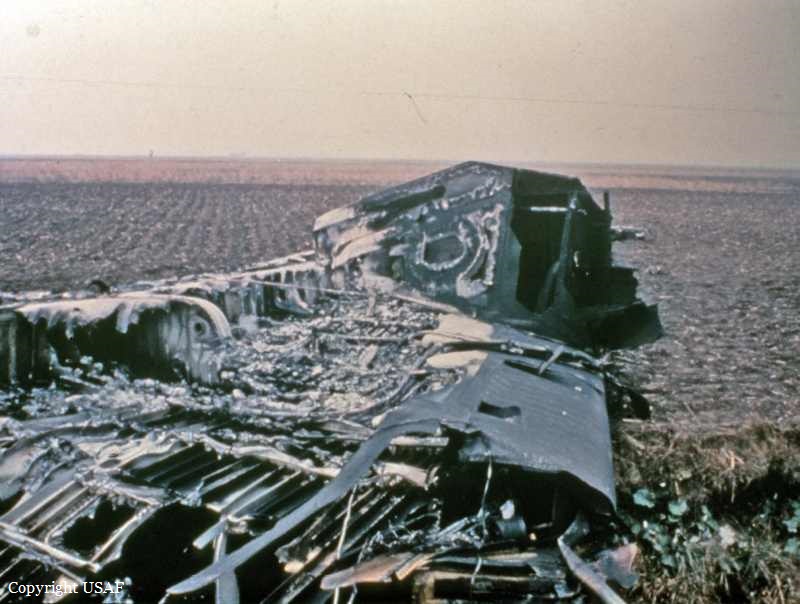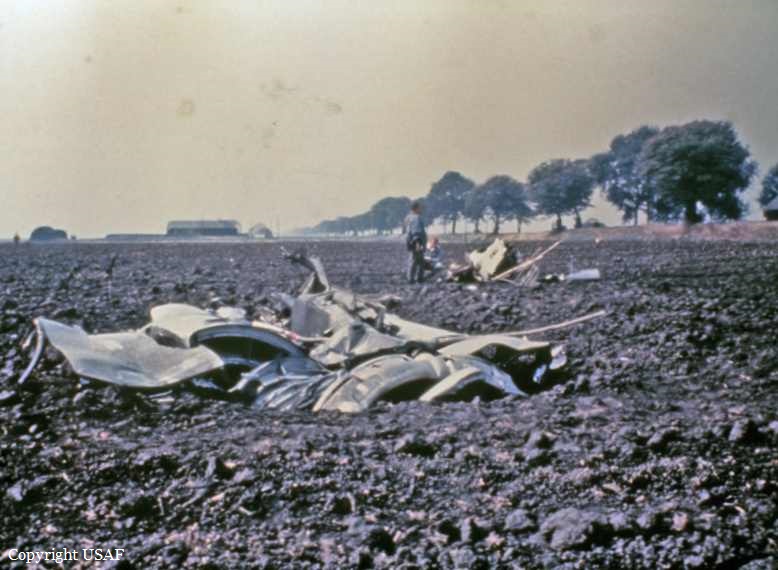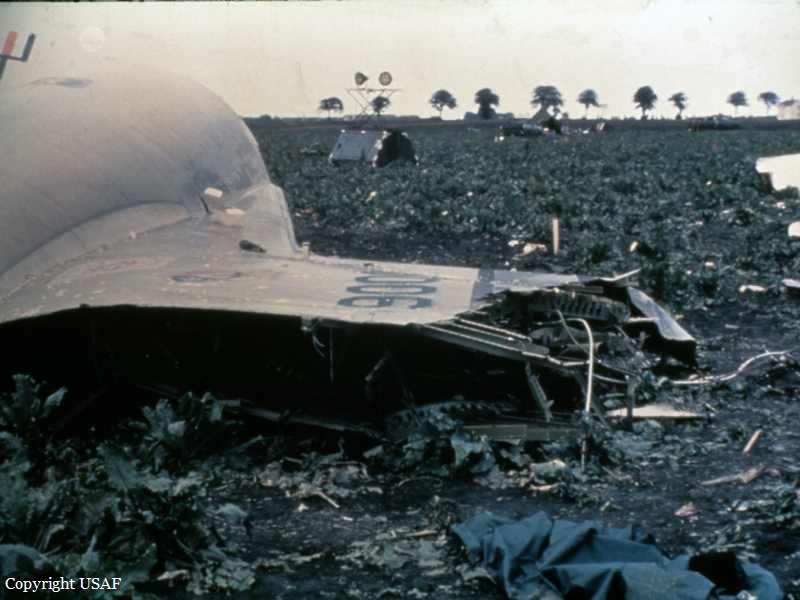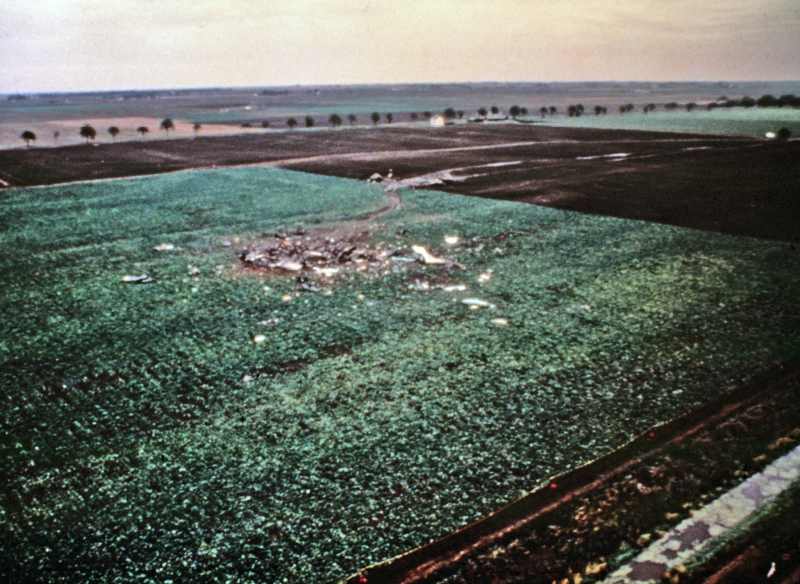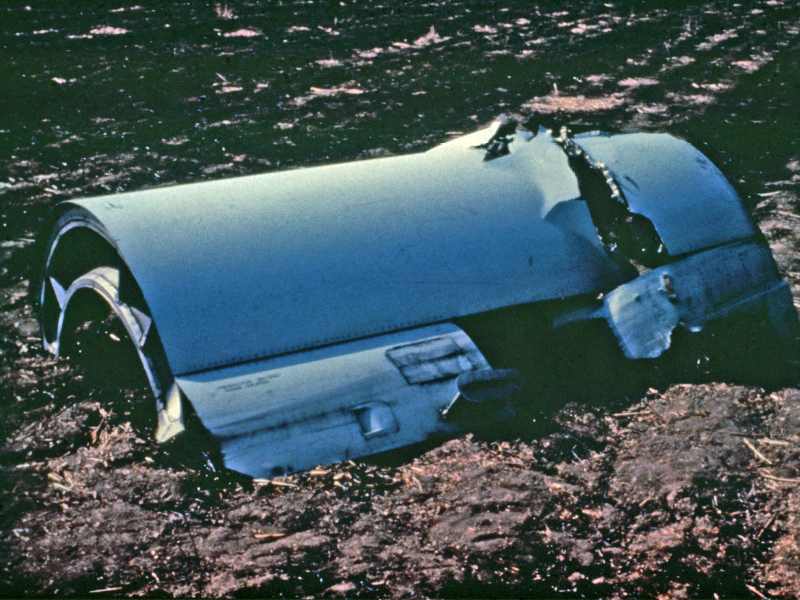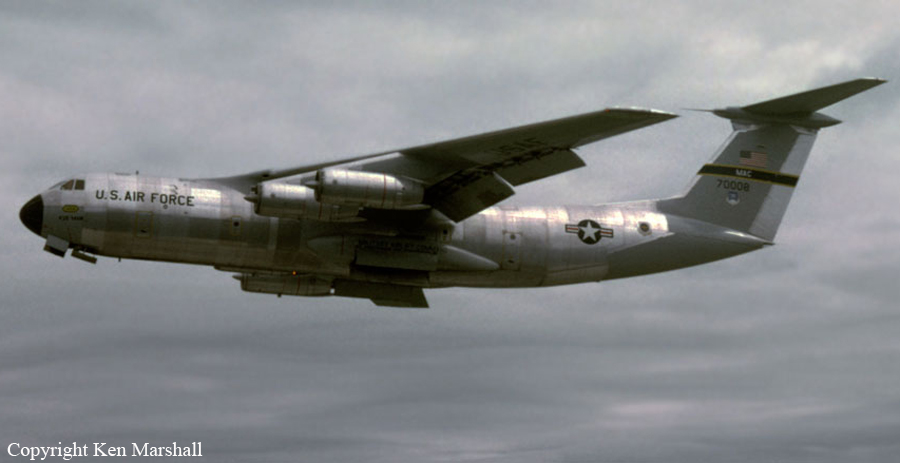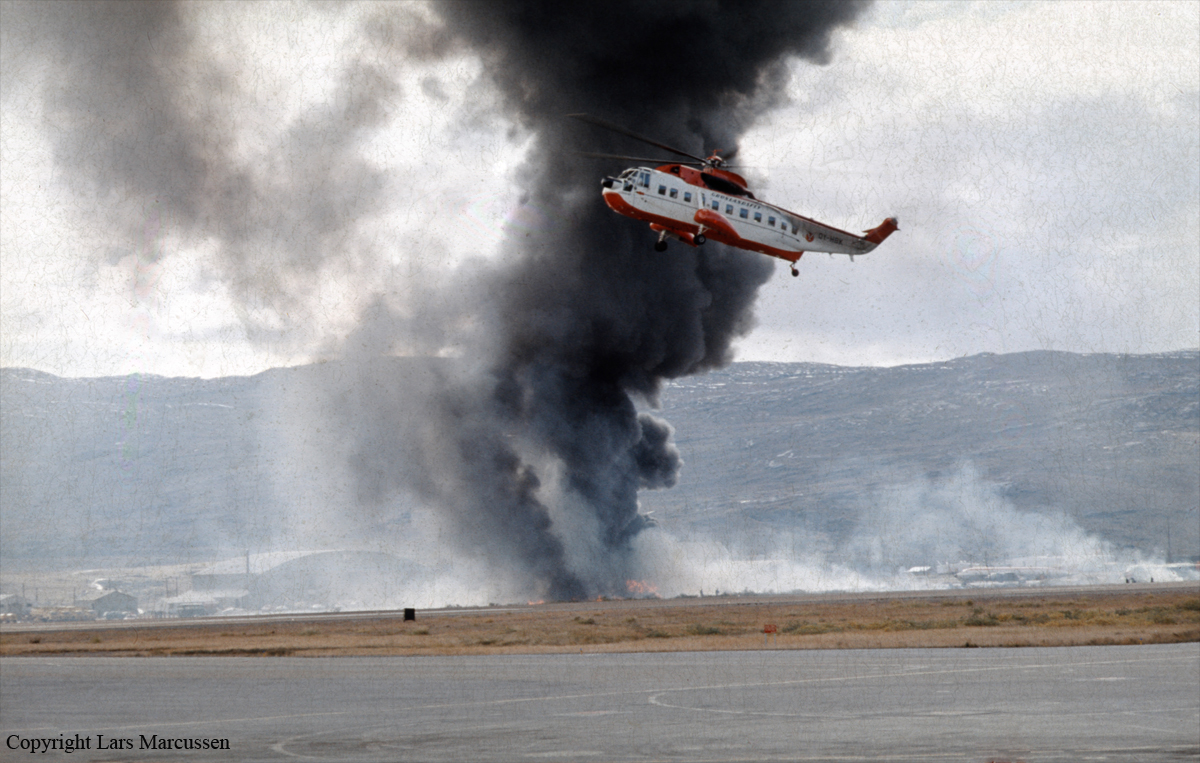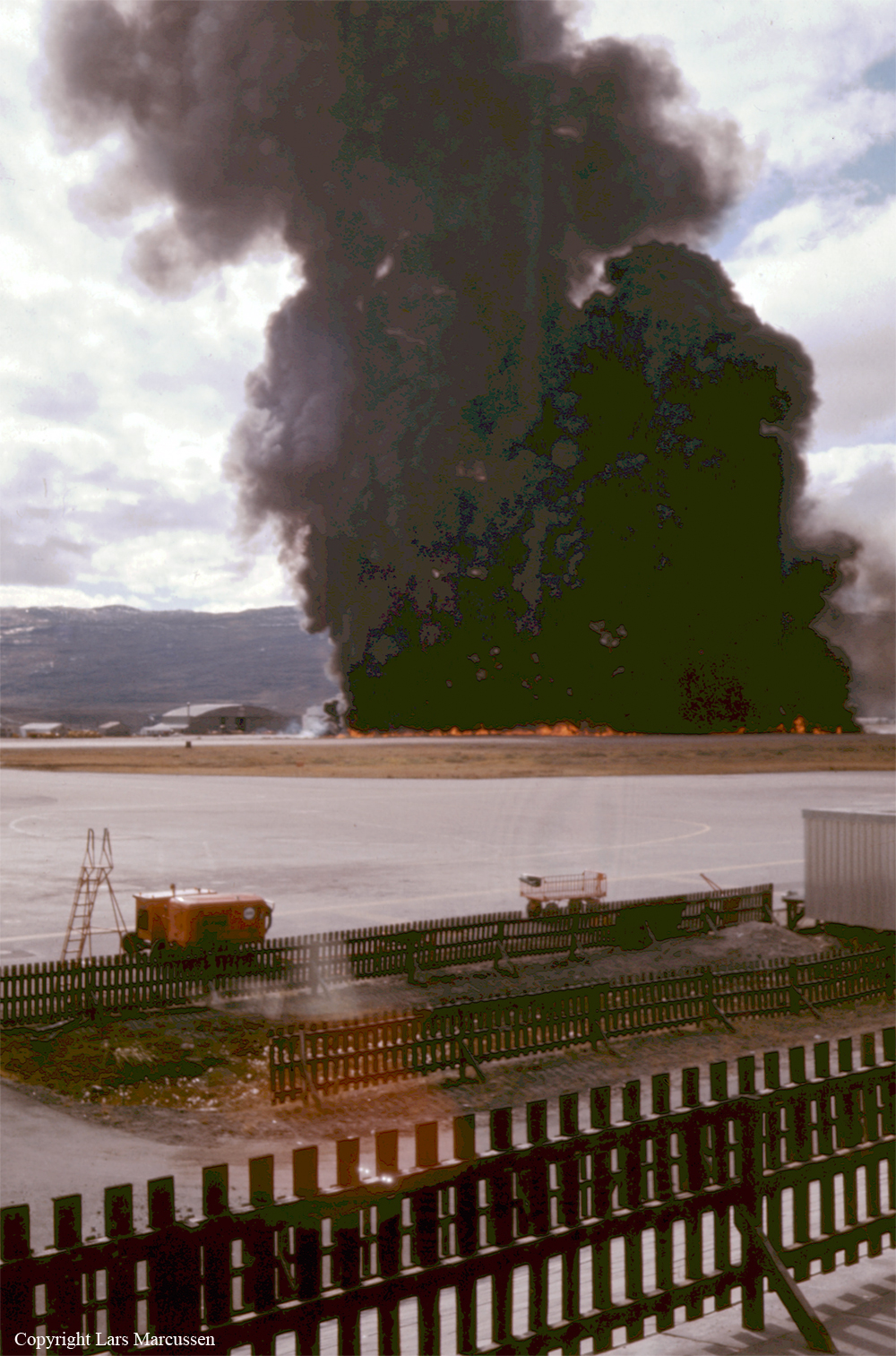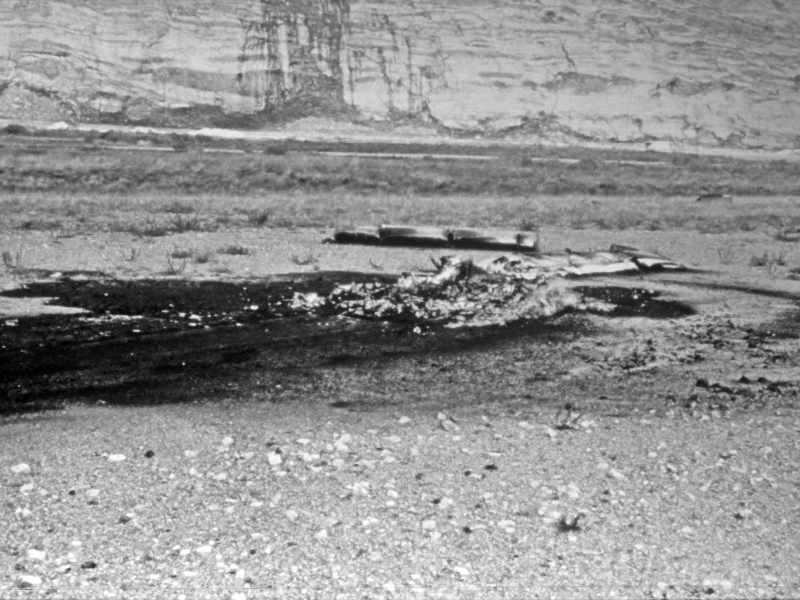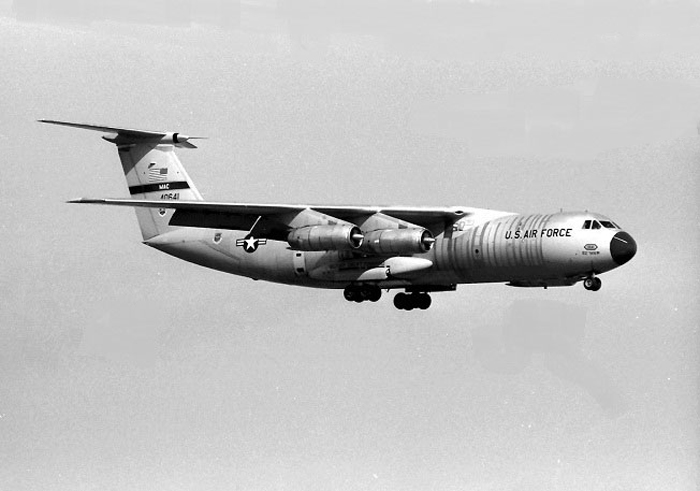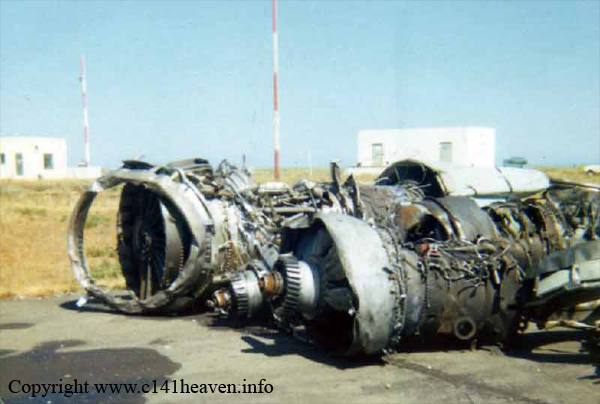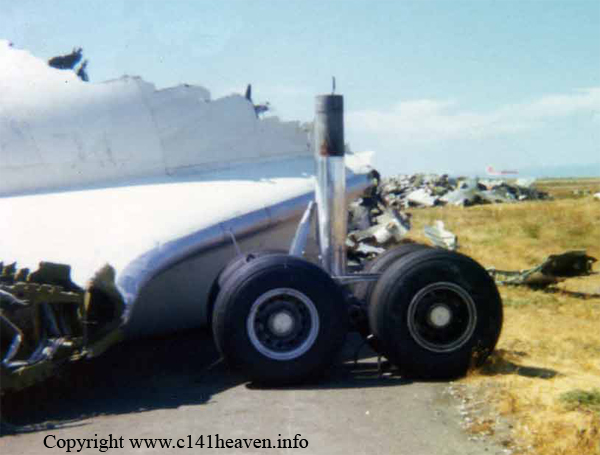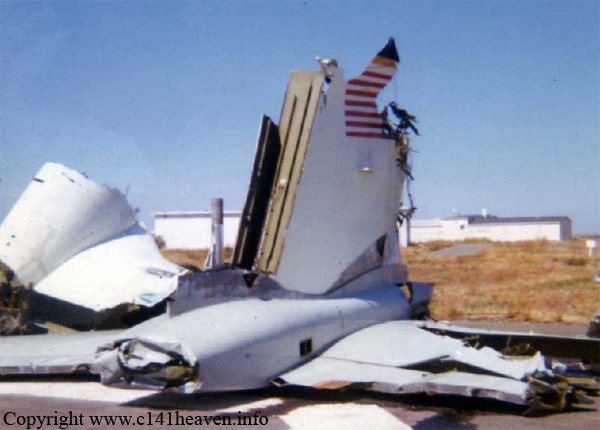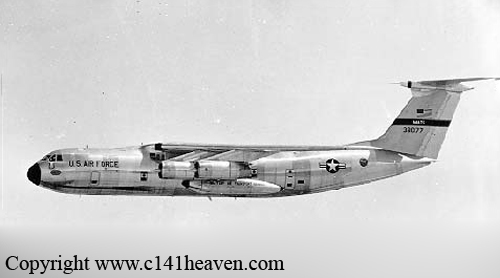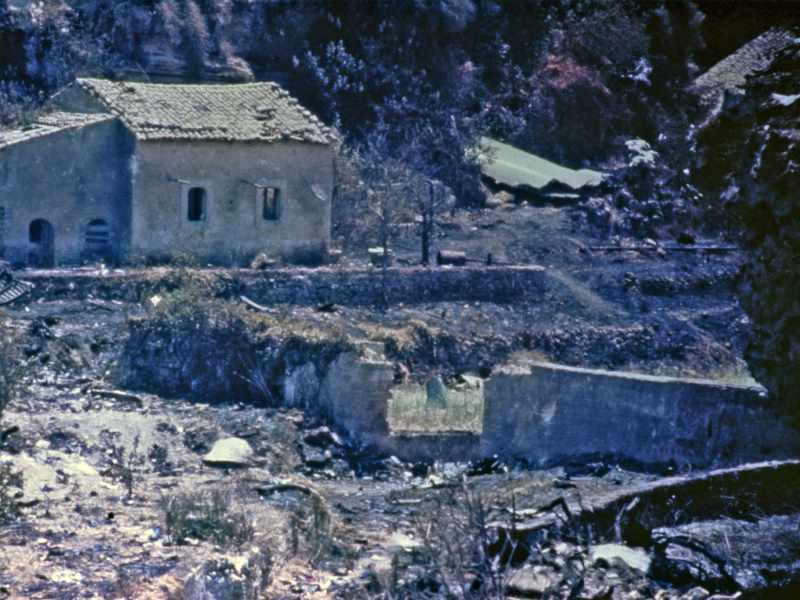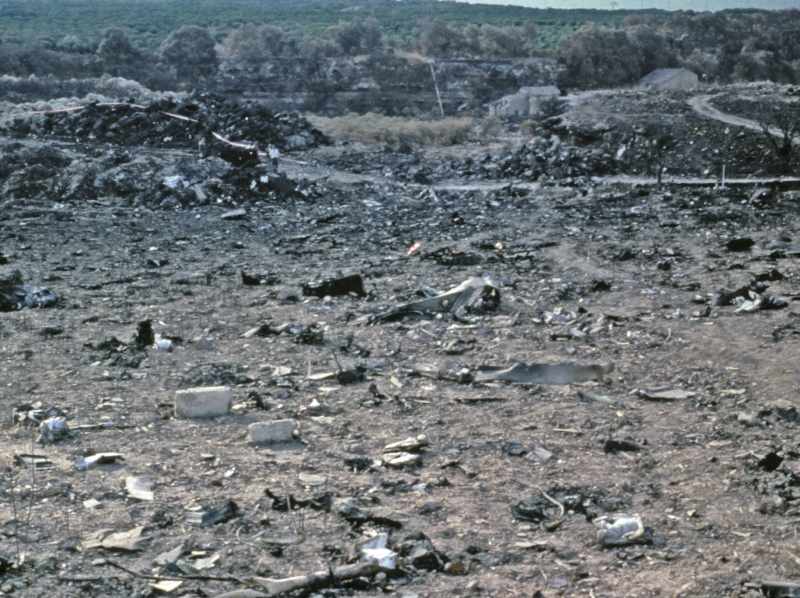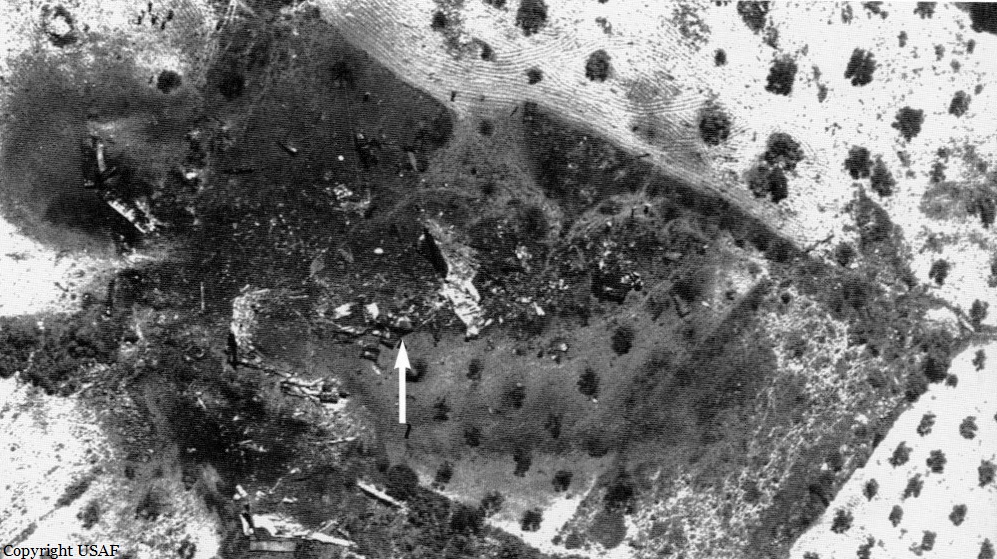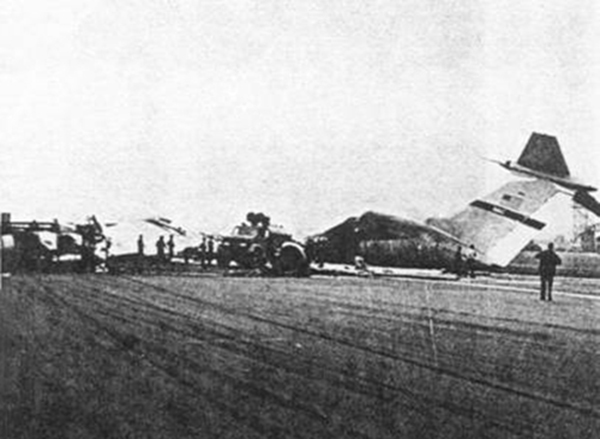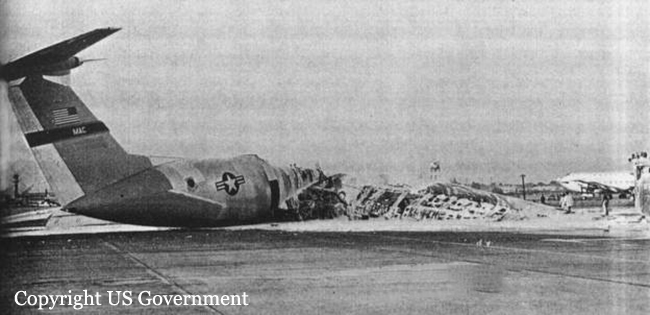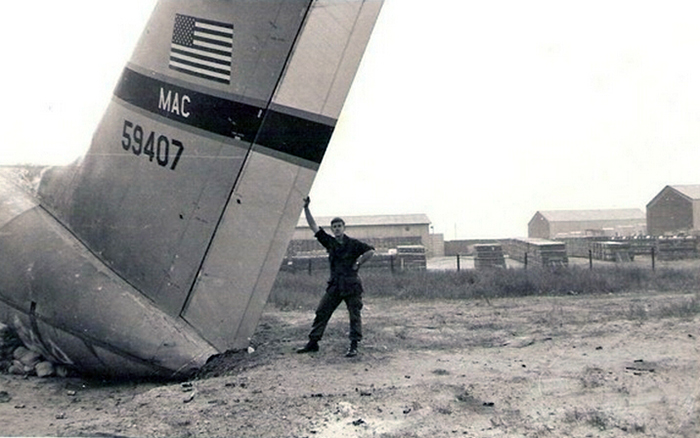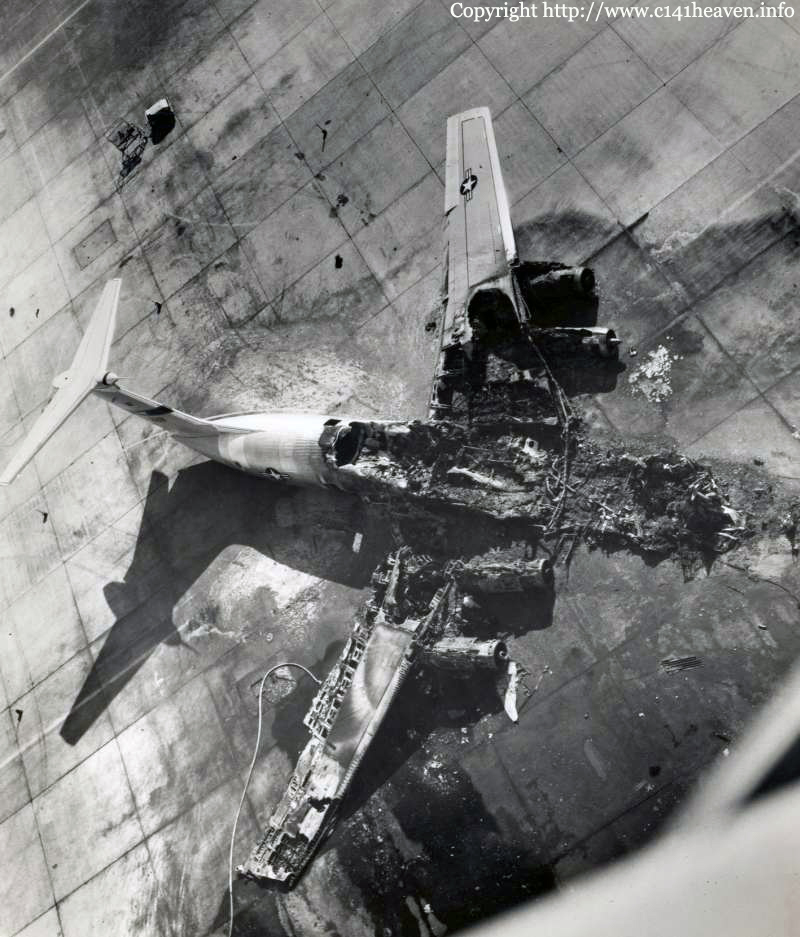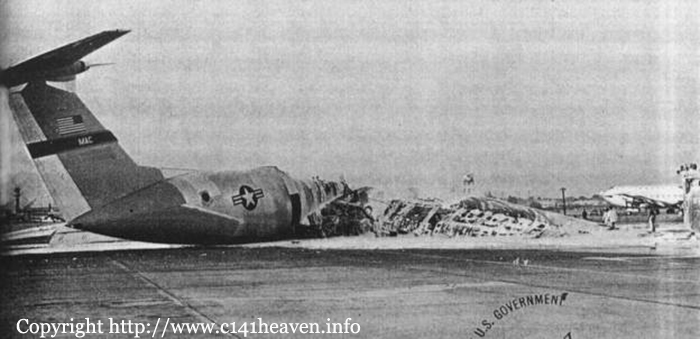Crash of a Lockheed C-141A-20-LM Starlifter in Charleston
Date & Time:
Sep 18, 1979
Registration:
64-0647
Survivors:
Yes
Schedule:
Charleston - Charleston
MSN:
300-6060
YOM:
1960
Crew on board:
6
Crew fatalities:
Pax on board:
0
Pax fatalities:
Other fatalities:
Total fatalities:
0
Aircraft flight hours:
18547
Circumstances:
The crew was completing a local training mission at Charleston Airport. Upon landing, the crew noticed the lack of a 'brakes released' light. After touchdown, thrust reversers failed to deploy because they were locked out by the touchdown relay, still in the Flight Mode. However, due to a malfunction, the n°4 thrust reverser did deploy. Normal brakes were inoperative. The copilot selected emergency brakes and then continued to make multiple attempts to deploy the spoilers. This caused the n°3 hydraulic system to lose pressure due to which in turn the emergency brakes failed. Then an electrical malfunction within the gear handle caused the nose gear to retract. The airplane came to rest in flames on its belly. All six crew members escaped with minor injuries while the aircraft was damaged beyond repair.
